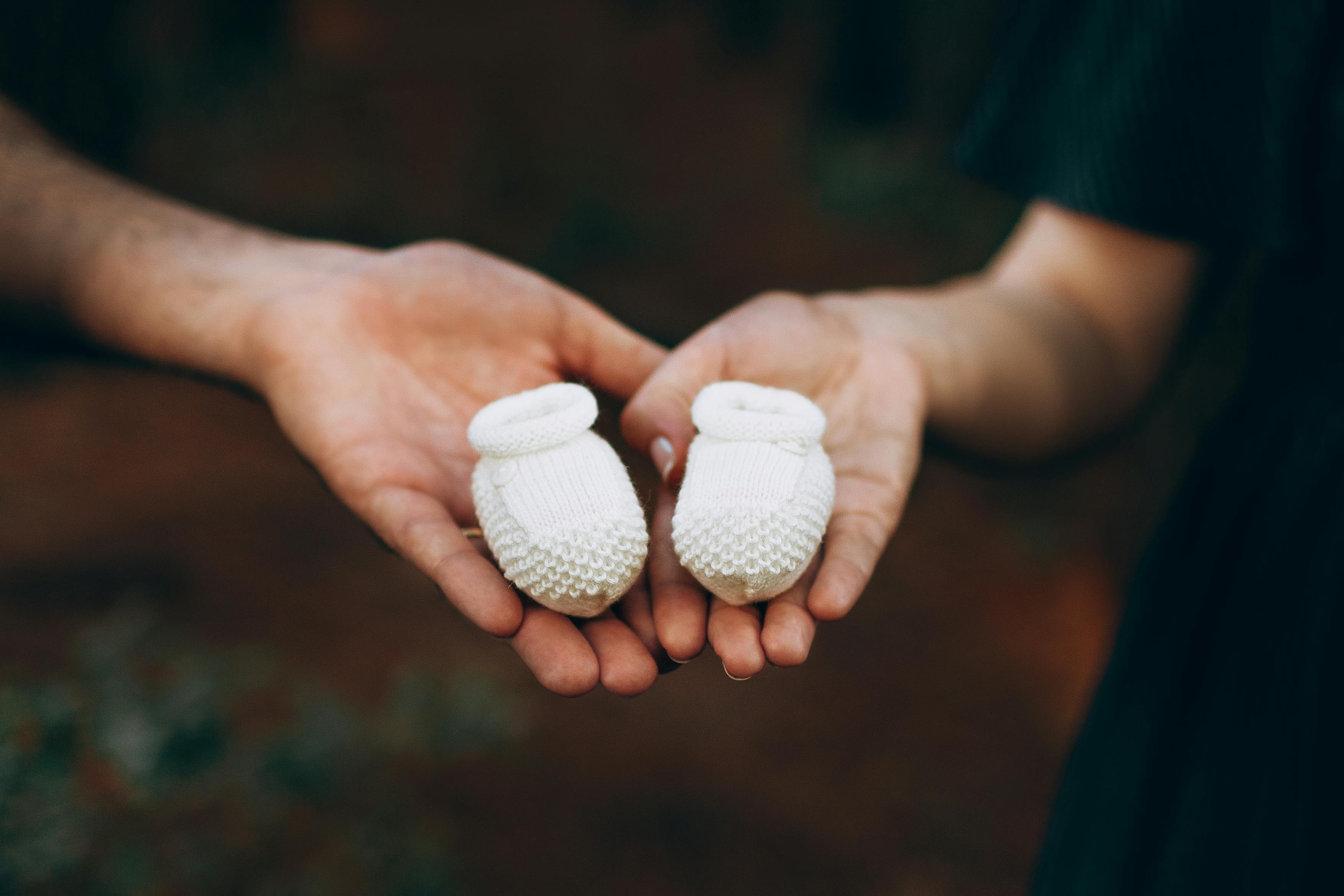I often get emails that describe miniature or growing hair, even if the reader doesn’t know the correct term for it. I often hear phrases like “my hair is starting to grow or regrow like the texture of a baby”, or “my hair is getting very thin and fine”, or “I no longer have volume” or “I suddenly see myself the texture of cotton candy or peach fuzz. ” Some readers know the term “miniaturization” but are not sure how to know it when they see it. I am often asked about “signs, symptoms or characteristics of hair that has been miniaturized”. I’ll go over some of these in the next article.
Hair that looks different from other supports on your head: The easiest way to detect this is to comb against the grain to detect the small shoots that grow back. Or use dry shampoo sprayed directly on the part line to help expose new growth. Hair that has grown back for at least a couple of months (which should be at least an inch or two long). Now, you will have to pluck out some strands again. I know that no one who is losing hair wants to rip or hand over everything that is coming in, but you need to know if you are regrowing hair that won’t do you much good anyway.
Once you’ve found a couple of hairs that have grown back, carefully pull them out and place them on a white toilet paper or tissue so you can easily see them. Then, comb your hair and remove the hairs that have come out (but do not pull). They should be longer, healthier and more normal locks. Now compare the hair of the comb with that of the weave. Is there a difference in diameter? Do the comb strands look thicker and more substantial? Next, look at the root ball at the end of the shaft. Since both hairs were pulled out (and did not fall out naturally) they should both have a dark sheath on the end. Do they both have sheaths of equal size to indicate that the hair is properly nourished and deeply embedded in the scalp?
The Flyaway / Feather test: Another test you can do is to take healthy hair, hold it between your fingers, and move your hand so that the hair moves up and then down. A strand that is “normal” should take only a few seconds to come back down, as this strand has some weight. However, too fine or too fine hair will react like a feather would. It will drift up and then down, almost as if it’s hollow in the middle or blowing in the wind.
What causes your hair to miniaturize and why is this a problem ?: The reason this is an issue that needs to be fixed is because if your regrowth is thin, unhealthy, or too fine in texture, it won’t provide enough coverage and volume. Think of it this way. If you take 100 healthy strands and place them next to 100 unhealthy strands, you will see that the tiers provide a much more attractive result and volume from a cosmetic point of view. Hair extensions look so good because the human hair that is often used is Indian hair which has a phenomenal texture, thick and healthy.
Although there are some causes for miniaturization, the most common comes down to genetics or androgens. In short, DHT, inflammation or androgens are so compromising the hair follicle that it cannot maintain or reproduce healthy normal hair. So you have to do two things to fix this problem. First, you must decrease the DHT that remains on your scalp and then you must vigorously stimulate your scalp to bring out healthy hair.
In some cases, chronic telogen effluvium (CTE, chronic shedding) will cause hair to become thinner and finer in this way as well. In this case, you will need to identify the trigger and stop it in order for the detachment to stop. So, as I mentioned earlier, you will have to be aggressive to stimulate regrowth.
